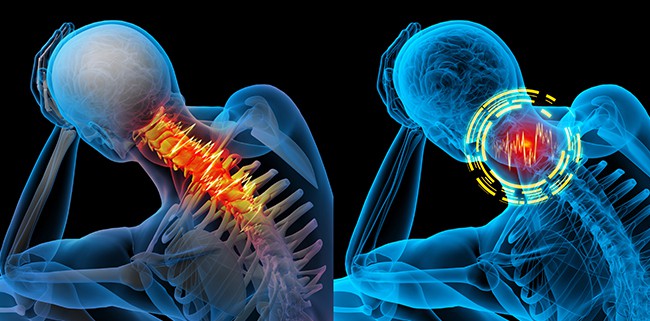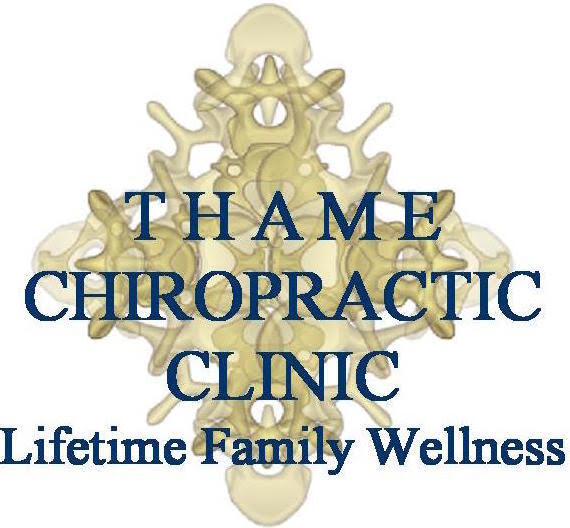What is Sciatica

Sciatica is a layman’s term used to describe when a person is suffering with pain down the leg/legs 🦵. It is a condition where pain radiates along the path of the Sciatic nerve. This nerve branches from your lower back L4/L5 vertebral levels, through your hips and buttocks, and down each leg. Sciatica usually only affects one leg at a time but it is not unusual that it can affect both.

This is usually caused when the sciatic nerve gets irritated by several factors, such as:
1. Irritation of the nerve by a bulging disc in the lumbar area
2. Irritation and inflammation of the muscles and tissues around this nerve
3. Trauma such as a fall or other type of accident.
4. Subluxations or fixations of lumbar vertebrae in the area around the exiting roots for the sciatic nerve. (Usually L5/S1 and L4/L5 areas)
Rarely but not impossible a pathology such a tumour compressing on the sciatic root, nerve or disc. It has been my clinical experience as a Chiropractor over the past 18 years of practice that this term is often confused and misuse with pain that can be cause by Sacro Iliac joint dysfunction. When the pain is on the upper lateral aspect of the leg or quadriceps area or around the groin area that radiates from the low back then this is usually caused in my experience by irritation of the Sacroiliac joint. When the pain radiates down to the foot, 🦶 toes, down the whole leg and hamstrings usually below the knee then this can be caused by sciatic nerve irritation or adjacent nerves to this one as well. (See image above) 👆
What to do if you are suffering with Sciatic pain?
For the most part, this type of pain can come and go and it can be alleviated by drugs such as analgesics (Tylenol, Paracetamol, etc) but do not be fooled as this will not go away for good when the painkillers wear off the pain can come back and cause further damage in your spine to adjacent tissues. Since you will be likely to increase physical activity as normal due to the pain-relieving effects that the drugs would have given you.
The best thing to do is get this assessed as soon as possible by a Licensed Chiropractor or Osteopath. Usually, your GP will give you anti-inflammatories such as (Naproxen, Diclofenac and also pain killers, such as Paracetamol for a period of time or refer you for an assessment with a Physical Therapist. In the worst of cases, you may also be referred to a pain specialist as it is called in the UK who usually will give you an Ultrasound-guided steroid injection either in the adjacent vertebral facets or the disc to alleviate the inflammatory process that may be causing sciatica.

In my experience from hearing countless initial consults from patients who have in the past undergone these therapies is that none of them are long-lasting for relieving the symptoms or correcting the cause of sciatica. In my opinion, all they do is mask symptoms only when the body is clearly expressing that there is a problem in the area.
Your sciatica pain, lumbago, or low back pain is never caused by a lack of pain meds and neither is caused by a lack of exercises to be done as prescribed by your Physical therapist. Rather it is caused by poor communication between your spine and your brain 🧠 this is caused by misaligned, fixated (Subluxated vertebral segments) that cause poor communication between the spine and the brain. This is called a Vertebral Subluxation. In turn, this causes poor function and recruitment of your back muscles every time you perform any movement. Which in time causes inflammation in the area and irritation to the tissues adjacent to the sciatic nerve and others. We must remember that your back muscles must first get proper communication and signals from the brain before they can execute adequate movement and recruitment when needed. Exercises, stretches, and movement to the spine although beneficial must only be prescribed when that area has had better communication with the brain and the inflammatory process has ceased or significantly decreased.

I often see this happen once misalignments and subluxations have been corrected over a period of time by specific Chiropractic adjustments. It is then that prescribing exercises and stretches are beneficial for the patient to alleviate the symptoms of sciatica.
Get assessed by a Chiropractor who is a Health care practitioner specialising in addressing and correcting the symptoms associated with sciatica. Providing gentle specific Chiropractic adjustments to the spine, in turn helps restore proper function and communication between your spine and brain. Allowing the irritated nerves and discs to heal thus restoring proper spinal function.
Author:
Arthur Tovar, BSc, D.C. Hons, CSCP, Craniopath (U.S.A)
Thame Chiropractic Clinic
6A Buttermarket
Thame, OX9 3EW
01844 212100
www.thamechiropracticclinic.com

